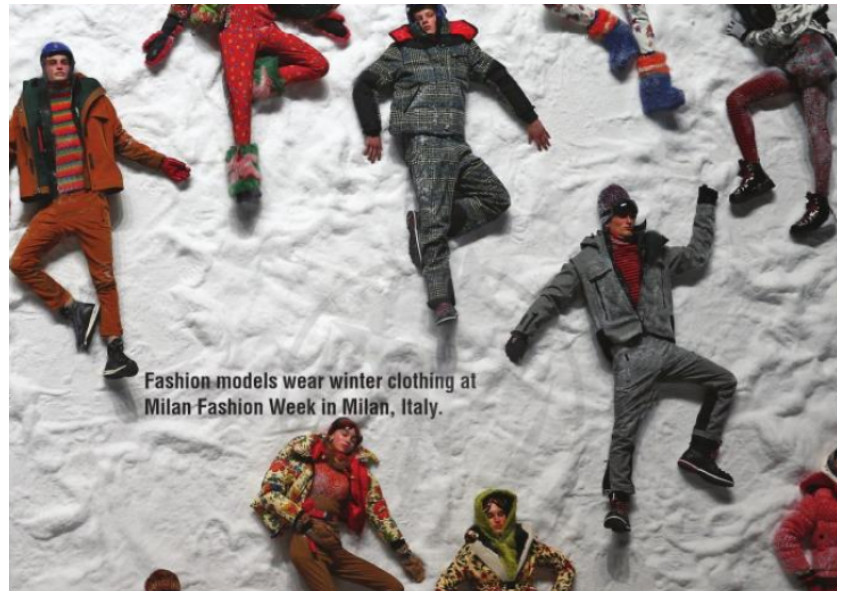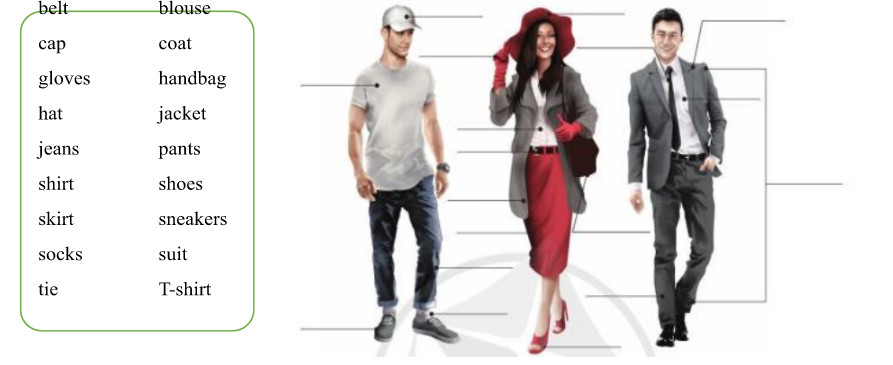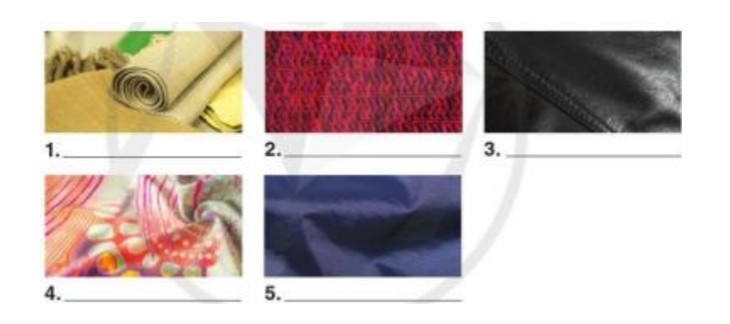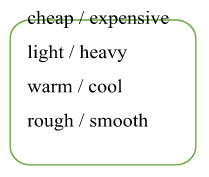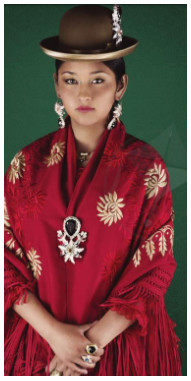Giải SGK Unit 9. Types of clothing Explore New Worlds
Giải SGK Unit 9 Explore New Worlds
Language Expansion: Clothing Materials
(Mở rộng ngôn ngữ: Chất liệu của Quần áo)
A. Read the article and answer the questions.
(Đọc bài viết và trả lời các câu hỏi.)
1. What materials do the women use to make clothes?
(Những người phụ nữ sử dụng chất liệu gì để may quần áo?)
2. What type of clothing do people make with the materials?
(Người ta may loại quần áo gì bằng chất liệu đó?)
3. Is your country famous for a type of clothing? What is it made from?
(Đất nước của bạn có loại quần áo nào nổi tiếng không? Nó được làm từ gì?)
|
Traditional Material for Modern Clothes In the town of Masaka, Uganda, women make clothing materials from tree bark (the outer layer of a tree). Local people wear the clothes for special occasions and, now, modern clothing designers are starting to make fashionable clothes from the material. |
E. Read the ads. Check (✓) the information that is in each one.
(Đọc các quảng cáo. Đánh dấu (✓) vào mỗi thông tin được đề cập đến trong mỗi thứ sau.)
| Sweater | Swimsuit | Sneakers | |
| 1. The seller's opinion | ◻ | ◻ | ◻ |
| 2. Size | ◻ | ◻ | ◻ |
| 3. Age | ◻ | ◻ | ◻ |
| 4. Color | ◻ | ◻ | ◻ |
| 5. Where it was made | ◻ | ◻ | ◻ |
| 6. Materials | ◻ | ◻ | ◻ |


